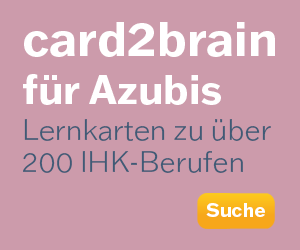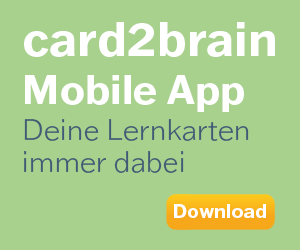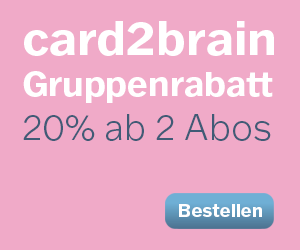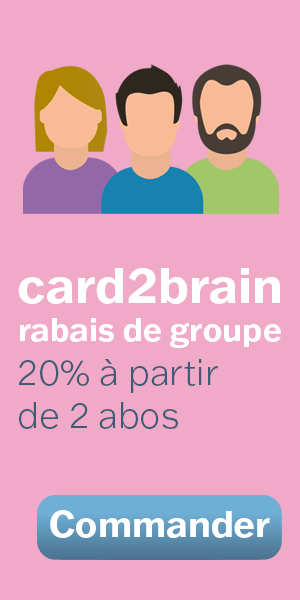TEAAFL
Karteikarten für die Klausur “Teaching English as a Foreign Language”. Kurs von Prof. Merse aus dem WS 22/23
Karteikarten für die Klausur “Teaching English as a Foreign Language”. Kurs von Prof. Merse aus dem WS 22/23
Kartei Details
| Karten | 158 |
|---|---|
| Lernende | 32 |
| Sprache | English |
| Kategorie | Englisch |
| Stufe | Universität |
| Erstellt / Aktualisiert | 19.01.2023 / 29.01.2025 |
| Weblink |
https://card2brain.ch/cards/20230119_teaafl?max=40&offset=40
|
| Einbinden |
<iframe src="https://card2brain.ch/box/20230119_teaafl/embed" width="780" height="150" scrolling="no" frameborder="0"></iframe>
|
What can be criticized about the behaviourist perspective on language acquisition?
- Does not explain real-life / spontaneous language use
- Does not solve logical problem of language acquisitio
What is the basic idea of the Innatist perspective on language acquisition? (L1 and L2)
- The main idea: children are born with an innate ability to learn languages (LAD / Universal Grammar)
- Basic assumption for L2 learning: innate principles are active so that learners come to know about the general principles of the language they are exposed to
- Consequence: input and interaction are needed to trigger the underlying structures of the language
- Consequence: explicit information about what is grammatica
What are formulaic units?
- Ready-made chunks in the language
- For example:
- Thank you!
- What's that?
- Bye bye!
- For example:
- They are multi-window /multiform strings that are produced and recalled as a chunk of words, like a single lexical item, rather than being generated from individual items and rule
What does LAD / UG stand for?
Language Acquisition Device / Universal Gramma
What is the wug test?
The wug test is a classic 1958 experiment that was performed on children between the ages of 4 - 7 to test if they truly grasped the rules behind plurals or if they were simply memorizing plural versions of words they already knew
What is 'the logical problem of language acquisition'?
The linguistic data to which children are exposed appear to be insufficient to determine, by themselves, the linguistic knowledge that children eventually attain. The gap between available experience and attained competence forms what has been called the logical problem of language acquisition.
When it comes to SLA (second language acquisition), what are the assumptions of the Behaviourist perspective?
- Explains language learning as habit formation:
- Imitating & practicing leads to patterns of correct language use
- Stimulus-response cycles
- Positive reinforcement drives language acquisition
- Teaching approach: Audiolingual Method with mimics and memorizatio
When it comes to SLA (second language acquisition) what are the limitations of / what can be criticized about the Behaviourist perspective?
- It does not explain real-life / spontaneous language use
- Does not solve logical problem of language acquisition
- "People attain knowledge of the structure of their language for which no evidence is available in the data to which they are exposed as children." (Hornstein & Lightfoot, 1981
What is the Input hypothesis?
- Central component of Krashen's 'monitor model' (1982, dating back to 1970s)
- Important for language learning: learners receive spoken or written input -> necessary prerequisite
- Most beneficial: comprehensible input / "i plus 1"
- Elements that learners understand ("i")
- New elements that are slightly above what the learner already knows (vocabulary, grammar, etc.): "plus 1
What is Krashen's concept of comprehensible input?
Krashen says that people acquire language through comprehensible input in a low anxiety environment. Comprehensible input means exposure to compelling reading and listening texts that are above a learner's current language ability
What is the Output hypotheses?
- Swain (1985)
- Claim: language learners need sufficient opportunities for language practice and use
- "Successful second language acquisition depends on learners producing language (oral or written)" (Lightbown & Spada, 2013: 215)
- Consequence: learners need rich input AND chances to produce output
What is the Interaction hypotheses?
- most prominent proponent: Long (1983/1996)
- Adding conversational interaction as an essential condition for a second language acquisition (+input and output)
- Key aspects:
- Modified interaction to make input comprehensible for learners
- Reaching mutual comprehension through 'negotiation of meaning' (checking for comprehension, asking for clarification, paraphrasing)
- Feedback on outpu
What does Krashen's comprehensible input mean? What does i+1 mean?
Krashen defines comprehensible input as 'i+1', where 'i' is the current level of proficiency and '+1' is the level of profiency just beyond the learner's current level
What is 'negotiation of meaning'?
What are communicative competences?
Communicative competence is the ability "to actively use foreign language in meaningful communicative situation"
What are the Dimensions of communicative Competence?
Knowing how to...
- Use languages for different purposes and functions
- Vary use of language according to the setting and the participants (e.g. knowing when to use formal/informal speech)
- Produce and understand different types of texts
- Maintain communication (e.g. by using different kinds of communication strategies
What are the receptive competences
What are the productive competences?
Which competences can be added to the two traditional ones, Reading and listening?
Viewing (audiovisual comprehension) and mediatin
What is the definition of 'reading'?
Constructing meaning from the input we receive based on written texts (i.e. letters, words, sentences...
What is the definition of 'listening'?
Constructing meaning from the input we receive based on spoken texts (i.e. sounds, words, sentences...
What is the definition of 'text comprehension'?
Uptaking and processing of information from textual forms of languag
What is the definition of 'broad notion of text'?
Not just written text, but also oral, visual and hybrid/ multimodal form
What is bottom-up processing?
- Happens when learners try to understand language by looking at individual meanings or grammatical characteristics of the most basic units of the text, (e.g. sounds for listening or words for reading), and move from these to trying to understand the whole text
- This supports learners decoding information by i.e. deciphering the earning of an unknown word from the context or from its use within a chun
What is top-down processing?
- Takes place on the basis of cognitive patterns by means of which the recipient is able to draw on personal experience, different types of knowledges.
- For example: when viewing a film, we use previous knowledge about the topic or genre to be able to predict upcoming event
- Helpful to activate mental model
What does 'interactive processing' mean?
- When constructing meaning of a text (while listening, reading, viewing), bottom-up processing and top-down processing do not function separately on their own
- Instead, they interact with each other so that the readers/listeners/viewers combine both processing types to comprehend a text and fill the gaps the respective other processing type leaves behin
What are cognitive schemata?
Knowledge about how things normally are in contexts in which we live, e.g. school life, families, hobbie
What are (social) scripts?
Mental structures about conventionalities routine situations and the associated forms of behavior they require, e.g. a dialogue in a restauran
What is a mental model?
Mental models refer to a range of complex cognitive structures in which information from the text is combined with the recipient's culturally framed schemes and scrips to build patterns. These are then brought together to form a coherent mental concept which facilitates comprehension
Reading / listening for gist =
Reading / Listening for specific information =
Process-oriented text reception: What are pre activities? Give an example.
- Activities before students engage with a text, audio, film etc.
- Top-dow
- E.g.:
- Learners describe what they can see in the film poster
- Learners speculate about the meaning of movie title
- Key words are revised or introduced
- Hypothesis-building: learners note down ideas what the film could be about
Process-oriented text reception: What are while-activities? Give an example.
- Activities while students engage with a text/audio/film etc.
- Bottom-up
- E.g.:
- Learners note down the main conflicts and themes encountered in a movie trailer (listening-viewing for gist
- Testing prior made hypothesis about movi
Process-oriented text reception: What are post-activities? Give an example.
- Follow up activities, that result in creative and productive enhancement
- E.g.:
- Writing and developing a scene of a movie: "The first minute of the film"
- Linking the film to students' lives, e.g. reporting discriminatio
What are communicative competences?
Communicative competences is the ability "to actively use the foreign language in meaningful communicative situations"
What are the dimensions of communicative competence?
Knowing how to:
- Use language for a range of different purposes and functions
- Vary our use of language according to the setting and the participants
- Produce and understand different types of texts
- Maintain communication despite having limitations in one's language knowledge













